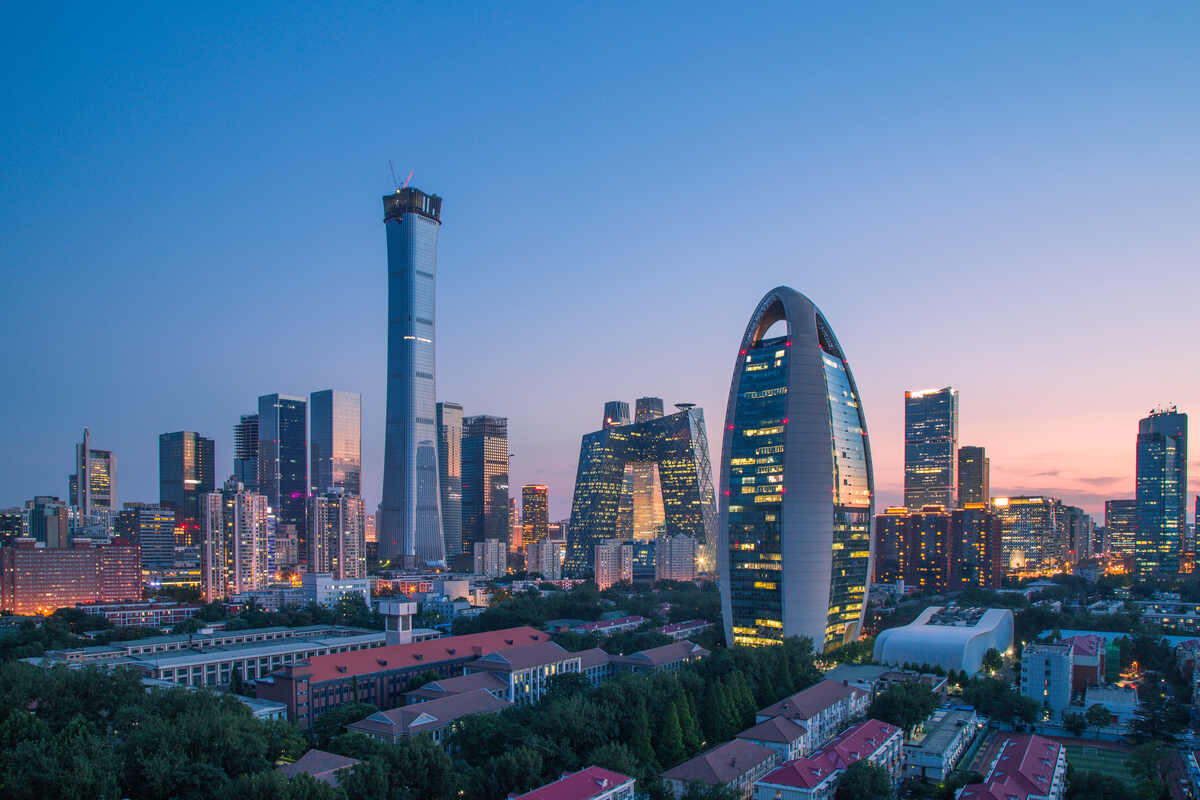China’s fiscal stimulus strategy is facing scrutiny as concerns arise over its effectiveness in driving economic growth. In the latest report, S&P Global Ratings senior analyst Yunbang Xu sees the stimulus measures as a tactic to buy time for the implementation of industrial and consumption policies. As the Chinese government grapples with ambitious growth targets amid fiscal constraints and sectoral slowdowns, questions linger over the sustainability and impact of its stimulus efforts.
S&P suggests that fiscal stimulus in China mainly aims to buy time for the implementation of longer-term policies, particularly those aimed at reviving consumption and facilitating industrial upgrades. In the report, Xu highlights that while fiscal stimulus may yield some longer-term benefits if focused on strategic projects, its effectiveness is diminishing over time.
Challenges amidst ambitious growth targets
China has set an ambitious target of around 5 percent gross domestic product (GDP) growth for the year. Despite efforts to strengthen macroeconomic policies and enhance coordination across various sectors, high debt levels and sectoral slowdowns pose significant challenges to achieving sustained growth.
S&P’s report underscores the disparity in fiscal capacity among China’s cities, with high debt levels constraining the ability of local governments to undertake substantial fiscal stimulus. In Shenzhen, the public debt as a share of GDP reached around 20 percent. Meanwhile, in smaller cities like Bazhong, the ratio reaches 140 percent. In light of fiscal constraints and the diminishing effectiveness of traditional stimulus measures, S&P anticipates a shift towards policies aimed at improving the business environment and supporting long-term growth and living standards in China. This includes reducing red tape and implementing measures to enhance the investment climate.
Read: U.S. economic activity expands slightly in April, inflation expectations remain firm: Survey
Future growth drivers
While fixed asset investment has shown signs of picking up pace in March, particularly in manufacturing, challenges persist in the property sector and infrastructure investment. The Chinese government’s emphasis on bolstering domestic demand through subsidies and incentives reflects a broader strategy to stimulate economic activity and drive industrial upgrades with over $704.23 billion.
S&P’s report revealed that local governments’ fiscal stimulus has been larger and more effective in richer cities across China. The report also outlines multiple sectors that will drive China’s future economic growth. This includes industry, consumption, investment, and technology.
For more news on the economy, click here.




